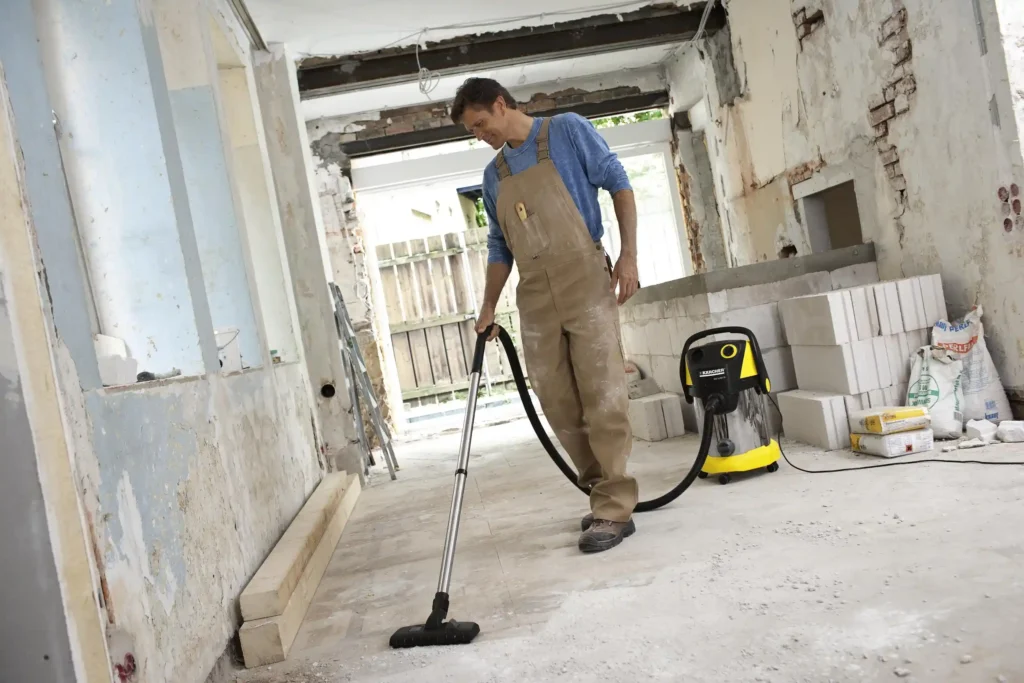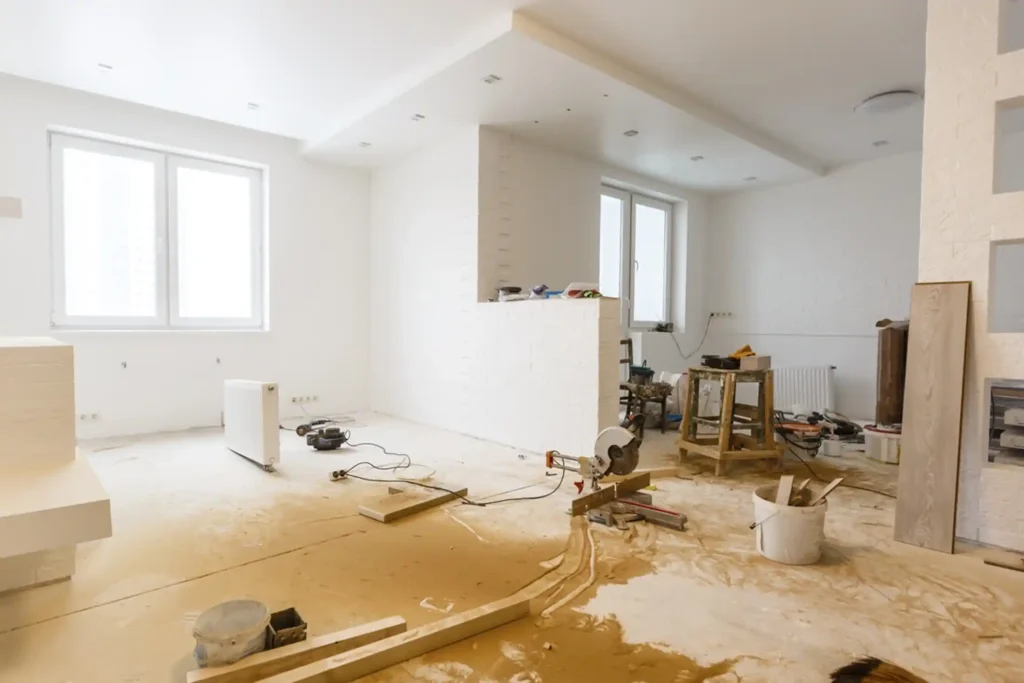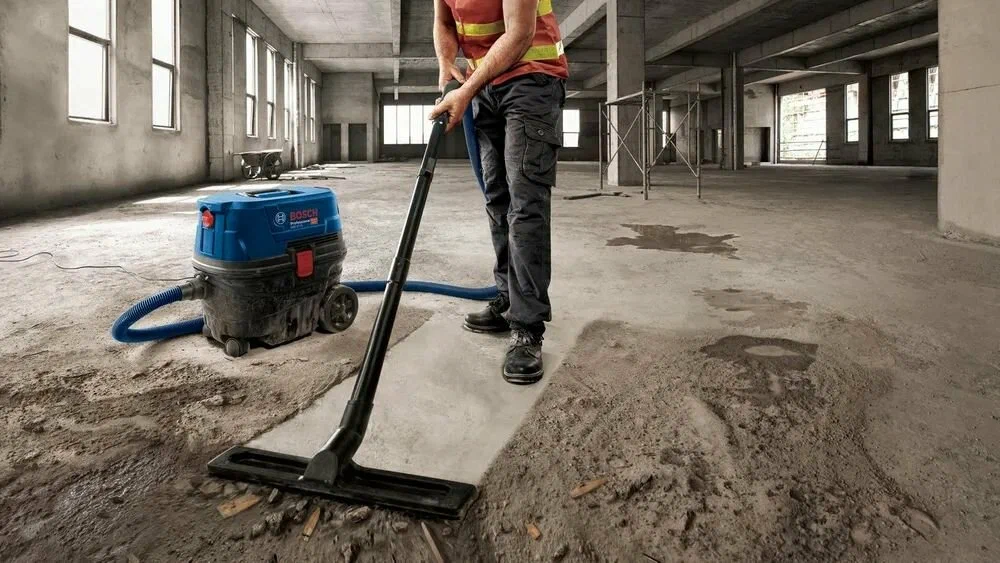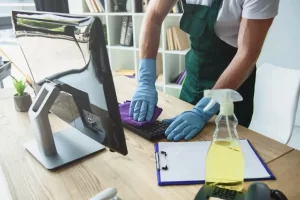Home or office renovations introduce new designs, new spaces, and a modern feel. However, after construction is finished, it is not always excitement that remains. Dust, debris, and invisible particles can linger for weeks without cleaning. The health hazards of neglecting post-renovation cleaning are often underestimated, but this step is crucial as it can impact your family’s well-being and worsen indoor air quality.
In this blog, we will explore the significant health risks linked to poor cleanup after renovation, explain why dust and toxins are harmful, and share some smart tips to keep yourself safe.
Why Post-Renovation Cleaning Is So Important
Building and renovation processes also emit masses of dust and fine particles into the atmosphere. These particles not only settle on the visible surfaces but also in the air vents, carpets, curtains, and even on the back of appliances.
Without a thorough cleaning, indoor dust continues to circulate for weeks. Poisonous materials such as lead, asbestos, or silica can be left behind. The quality of indoor air becomes hazardous for sensitive groups such as children and the elderly.
According to the EPA, indoor particulate matter (PM) can cause aggravated asthma, decreased lung function, and other respiratory problems if not controlled.

Common Health Risks of Improper Post-Renovation Cleaning
Renovation dust and debris might not seem harmful, yet they can be a hidden threat to your health. These risks may have an impact on the breathing, skin, and overall well-being without proper cleaning.
1. Breathing Problems and Respiratory Problems
Renovation dust has very fine particles that can be easily inhaled. When these particles get into the lungs, they may result in:
- Coughing and wheezing
- Shortness of breath
- Worsening of bronchitis or asthma.
- Risk of chronic lung disease in the long term.
The WHO notes that household air pollution, including fine particles, inflames the lungs, impairs immune response, and reduces oxygen flow in the body.
2. Exposure to Silica Dust
A lot of construction materials, such as concrete, tiles, and bricks, emit crystalline silica dust. Inhalation of silica dust is very dangerous and may cause silicosis, which is an incurable lung disease.
The CDC cautions that exposure to silica is known to cause scarring of the lungs, chronic obstructive pulmonary disease (COPD), and lung cancer. Symptoms can be triggered with exposure, even in the short term, to spaces that have been poorly cleaned.
3. Lead and Asbestos Contamination
The materials used in older houses may include lead paint or asbestos insulation. These materials can be disturbed during renovations, which releases toxic dust into the air.
- Lead dust may lead to headaches, memory issues, and developmental disorders among children.
- Asbestos fibers have been associated with asbestosis, lung cancer, and mesothelioma.
The EPA stresses the importance of using HEPA vacuums and wet-cleaning methods to remove dangerous particles after renovations.
4. Allergy Reactions and Irritation
Not only are the lungs impacted by renovation dust, but skin, eyes, and even the throat may get irritated. Common symptoms include:
- Red, itchy, or watery eyes
- Sneezing and a runny nose
- Skin rashes or dryness
- Sore throat or coughing
People with weakened immune systems or seasonal allergies suffer more because of these problems.
5. Prolonged indoor Air pollution
Poor cleaning will leave behind dust that is not visible under carpets, in HVAC ducts, and on furniture. This dust continues to circulate over time and makes your home an indoor air pollutant.
According to research published by PMC, indoor air pollution has been found to be associated with cardiovascular disease, respiratory disease, and poor health in general.
Who Faces the Highest Health Risks After Renovation?
Dust and debris may impact all, but some individuals are more vulnerable in cases of improper post-renovation cleaning. These groups need extra care:
- Children have more rapid breathing and immature lungs. Due to this, they can be exposed to dust and other toxins at a faster rate, leading to coughs, allergies, or breathing difficulties.
- The aged tend to have weak immune systems. Even dust or low air quality can cause them to get sick or worsen existing health problems.
- Individuals who already have problems with breathing, renovation dust can easily trigger asthma attacks, sneezing, or severe allergic reactions.
- Lead or chemical fumes produced by paint and adhesives are not safe during pregnancy, because they can influence the development of the baby.
- Dogs and cats spend most of their time near the floor, where dust and small particles accumulate. Inhalation of these particles may result in irritation or illness to animals as well.
Signs Your Home Wasn’t Cleaned Properly After Renovation

Even after renovation work is finished, your home might still hide dust and harmful particles if the cleanup wasn’t done correctly. These warning signs show that more cleaning is needed:
Dust Keeps Coming Back
If you wipe a table or shelf and it looks dusty again within a day, fine construction dust is still floating around and settling on surfaces.
Lingering odors
Strong smells of paint, adhesives, or chemicals mean that harmful particles are still present in the air. Proper ventilation and cleaning are needed to remove them.
Unexplained health problems
If you or your family experience constant coughing, sneezing, itchy eyes, or headaches after the renovation, poor cleaning could be the reason.
Dirty air vents and filters
Take a look at your HVAC filters and vents. If they are covered in dust, it means particles are circulating through the air inside your home.
Visible stains and residue
Paint drops, plaster marks, or sticky adhesive on floors, walls, and windows show that the cleaning wasn’t detailed enough.
Quick Safety Checklist for Post-Renovation Cleanup
Cleaning after a renovation can feel overwhelming, but having a clear plan makes it easier. A quick safety checklist ensures you don’t miss important steps and keeps your home safe, healthy, and dust-free.
| Task | Purpose |
| Clear debris | Prevents accidents and frees space. |
| Vacuum with HEPA | Removes fine dust and allergens. |
| Damp wipe surfaces | Traps dust without spreading. |
| Change HVAC filters | Improves indoor air quality. |
| Use masks & gloves | Protects lungs and skin. |
| Call pros if needed | For deep, thorough cleaning. |
Conclusion
Improper post-renovation cleaning can leave behind dust, allergens, and even harmful toxins that threaten your health and damage your newly renovated space. A careful cleanup ensures your property is safe, fresh, and ready to enjoy. Instead of struggling with heavy dust and hidden debris, let experts handle it for you.
Byre A+ Cleaning specializes in post-renovation cleanup and guarantees a spotless, healthy environment for your family or business. Don’t risk your health. Contact Byre A+ Cleaning today and breathe easier in your refreshed space.
FAQs About Post-Renovation Cleaning
1. Why is post-renovation cleaning important?
Post-renovation cleaning removes dust, debris, and harmful particles that construction leaves behind. Without it, air quality suffers, allergies worsen, and surfaces may get damaged. A proper cleanup ensures your space is safe, comfortable, and ready to enjoy.
2. Can leftover dust after renovation make you sick?
Yes, leftover dust can cause coughing, breathing difficulties, eye irritation, and even long-term issues if inhaled repeatedly. Children, elderly people, pets, and those with asthma or allergies are especially vulnerable, making proper cleaning essential after renovations.
3. How long does post-renovation dust last?
If left alone, post-renovation dust can linger for weeks, spreading into furniture, vents, and hidden corners. Using HEPA-filter vacuums, damp cloths, and regularly changing HVAC filters helps remove dust faster and keeps your air cleaner.
4. Should I hire professionals for post-renovation cleanup?
Hiring professionals is recommended because they use industrial-grade tools, HEPA vacuums, and safe cleaning methods. They also reach hidden spots like ducts and vents. Professional cleaning saves time, protects your health, and ensures your property is dust-free.
5. What safety gear should I use during cleanup?
You should wear protective masks, gloves, and goggles during cleanup. This safety gear shields your lungs, skin, and eyes from harmful particles. If you’re sensitive to dust, hiring professional cleaners is the safest option for thorough cleaning.








